How electricity could help tackle a surprising climate villain
Sublime Systems is trying to drive down the carbon footprint of cement production.
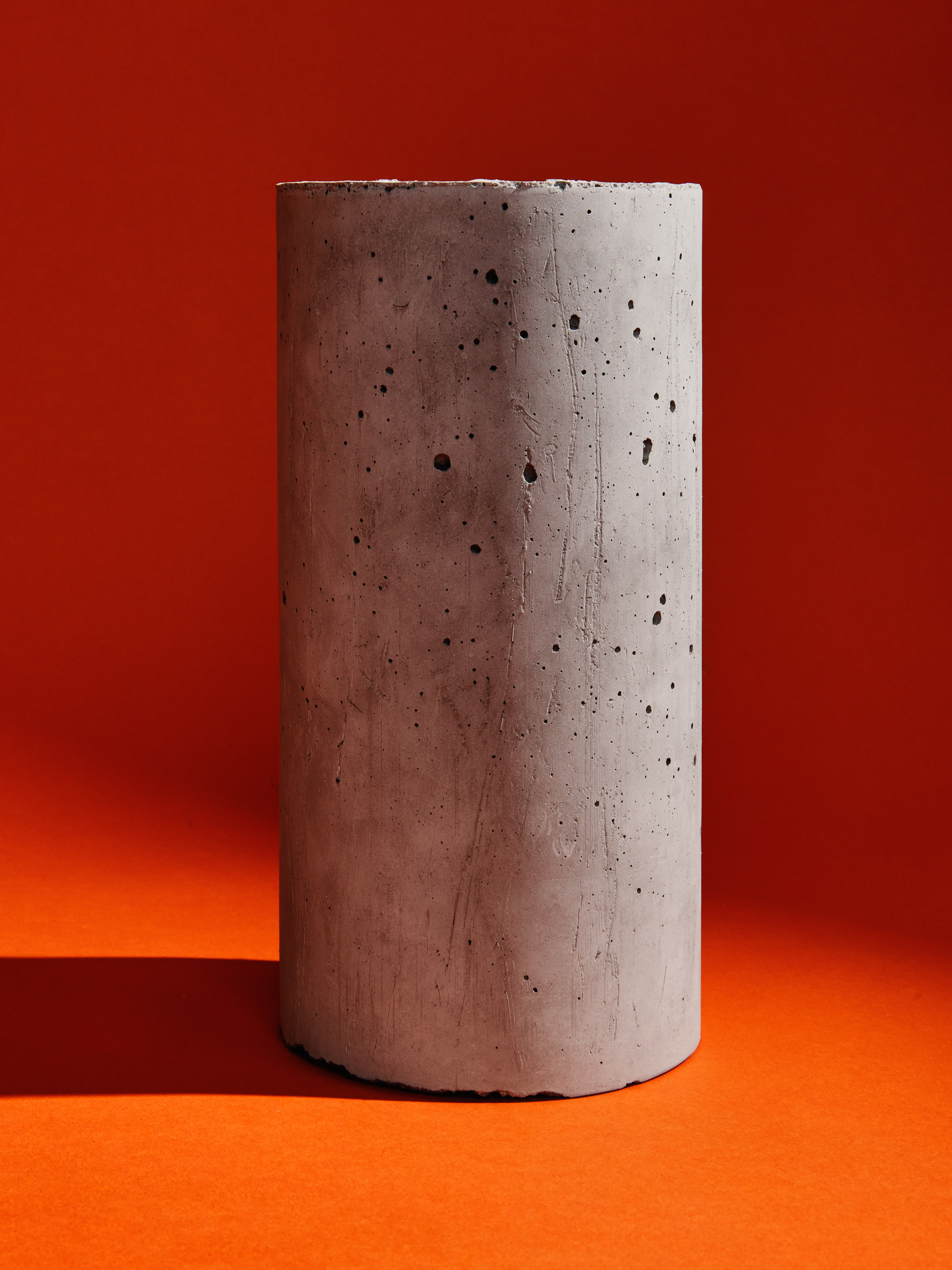
Cement hides in plain sight—it’s used to build everything from roads and buildings to dams and basement floors. But there’s a climate threat lurking in those ubiquitous gray slabs. Cement production accounts for more than 7% of global carbon dioxide emissions—more than sectors like aviation, shipping, or landfills.
Humans have been making cement, in one form or another, for thousands of years. Ancient Romans used volcanic ash, crushed lime, and seawater to build the aqueducts and iconic structures like the Pantheon. The modern version of hydraulic cement—the sort that hardens when mixed with water and allowed to dry—dates back to the early 19th century. Derived from widely available materials, it’s cheap and easy to make. Today, cement is one of the most-used materials on the planet, with about 4 billion metric tons produced annually.
Industrial-scale cement is a multifaceted climate conundrum. Making it is energy intensive: the inside of a traditional cement kiln is hotter than lava in an erupting volcano. Reaching those temperatures typically requires burning fossil fuels like coal. There’s also a specific set of chemical reactions needed to turn crushed-up minerals into cement—and those reactions release carbon dioxide, the most common greenhouse gas in the atmosphere.
One solution to this climate catastrophe might be coursing through the pipes at Sublime Systems. Founded by two MIT battery scientists, the startup is developing an entirely new way to make cement. Instead of heating crushed-up rocks in lava-hot kilns, Sublime’s technology zaps them in water with electricity, kicking off chemical reactions that form the main ingredients in its cement.
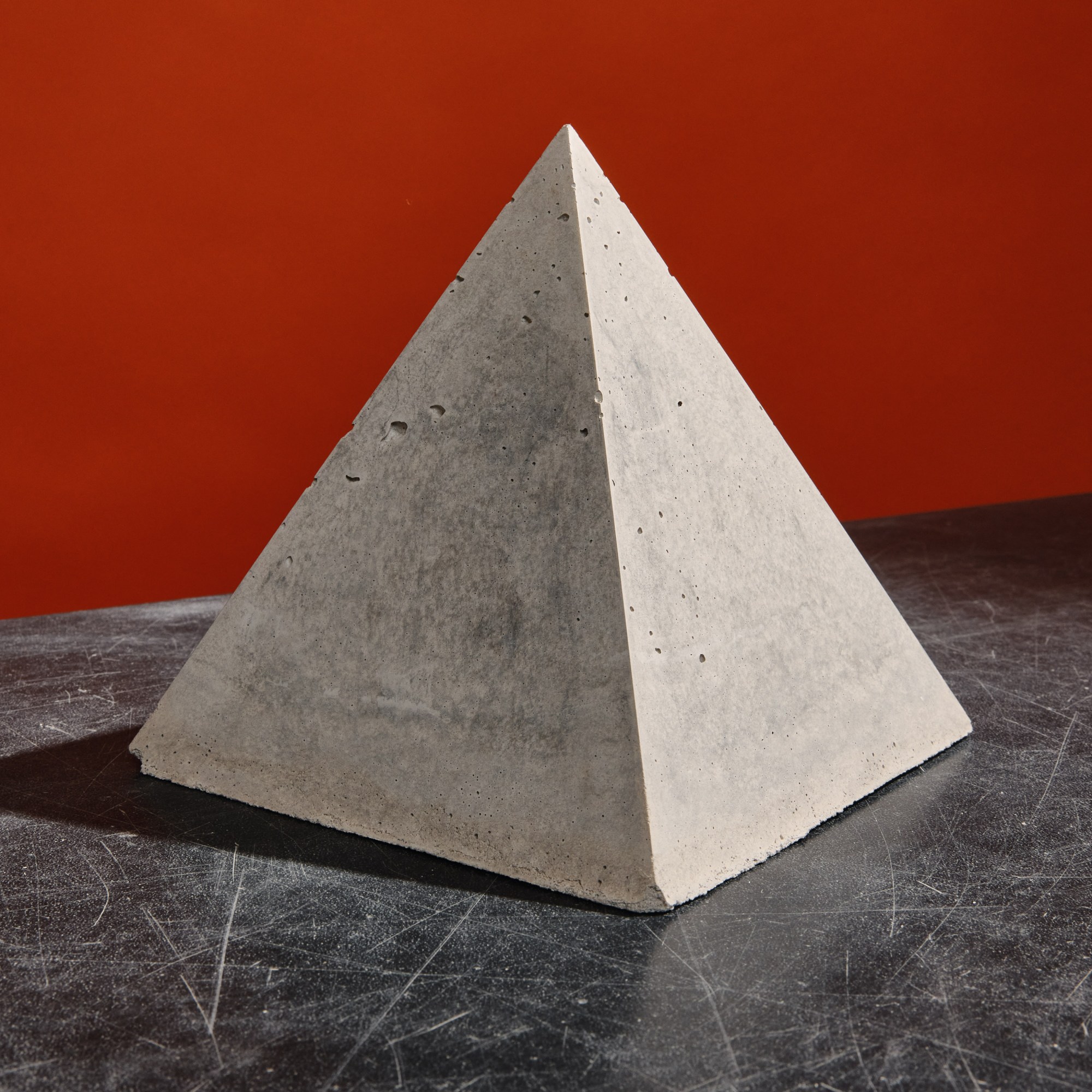
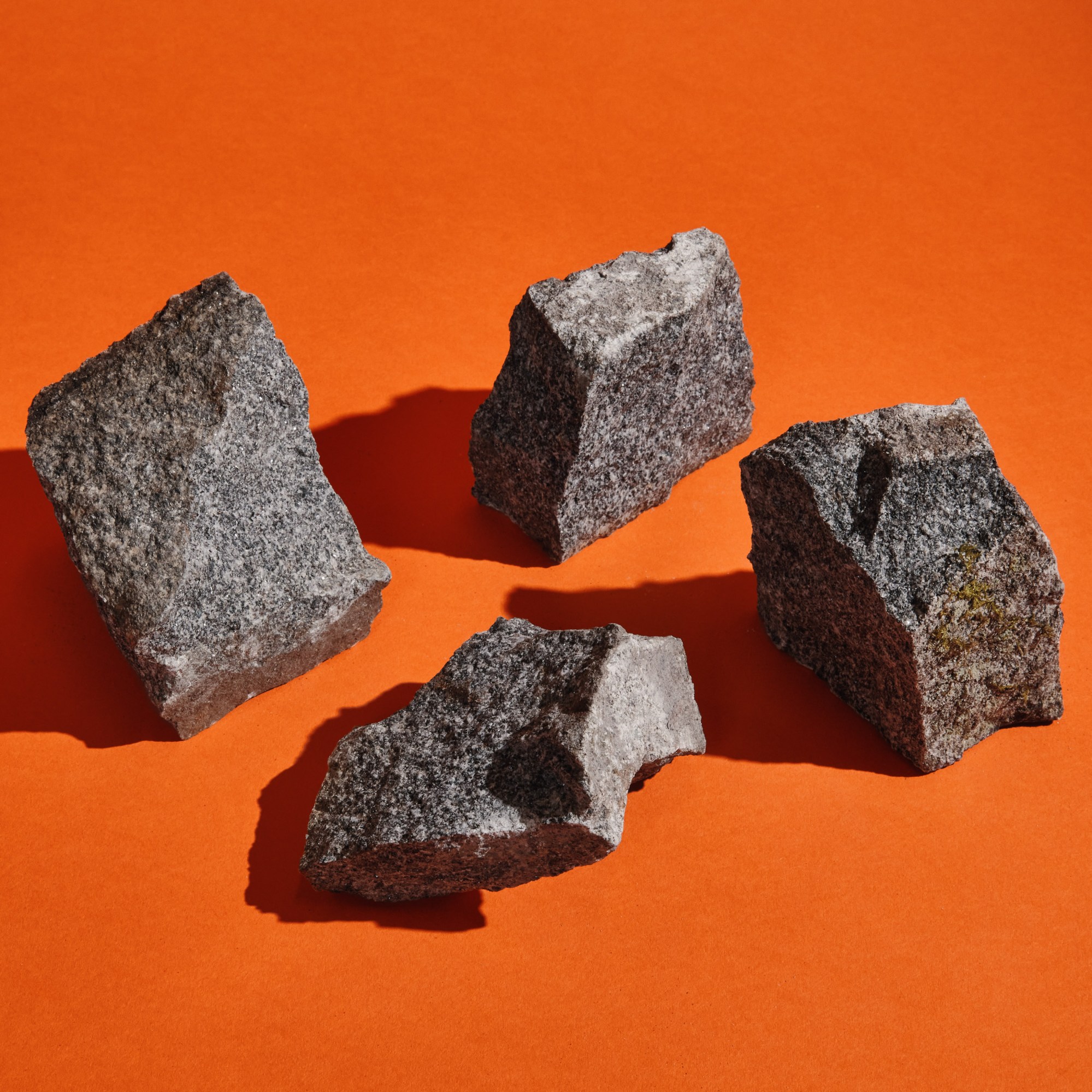
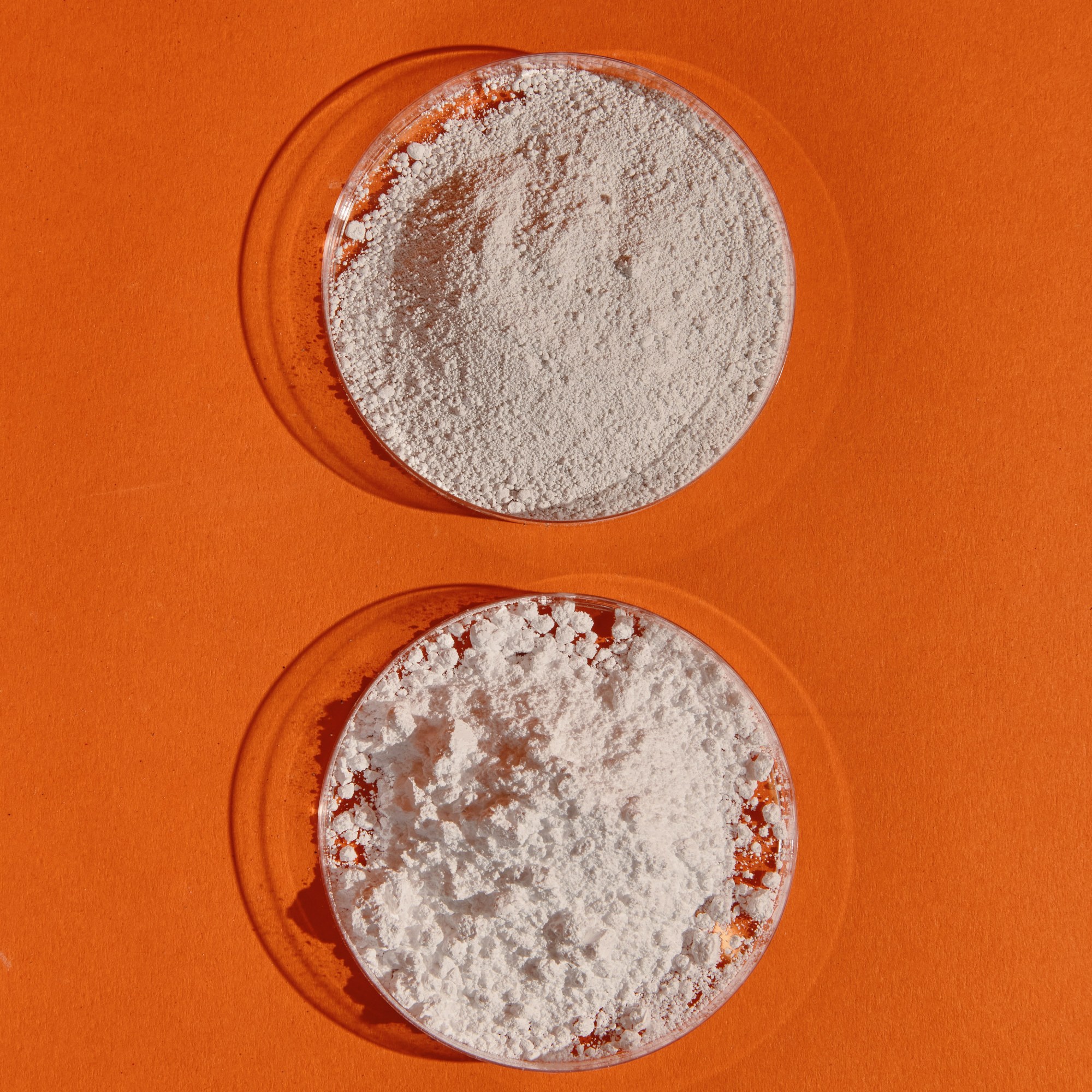
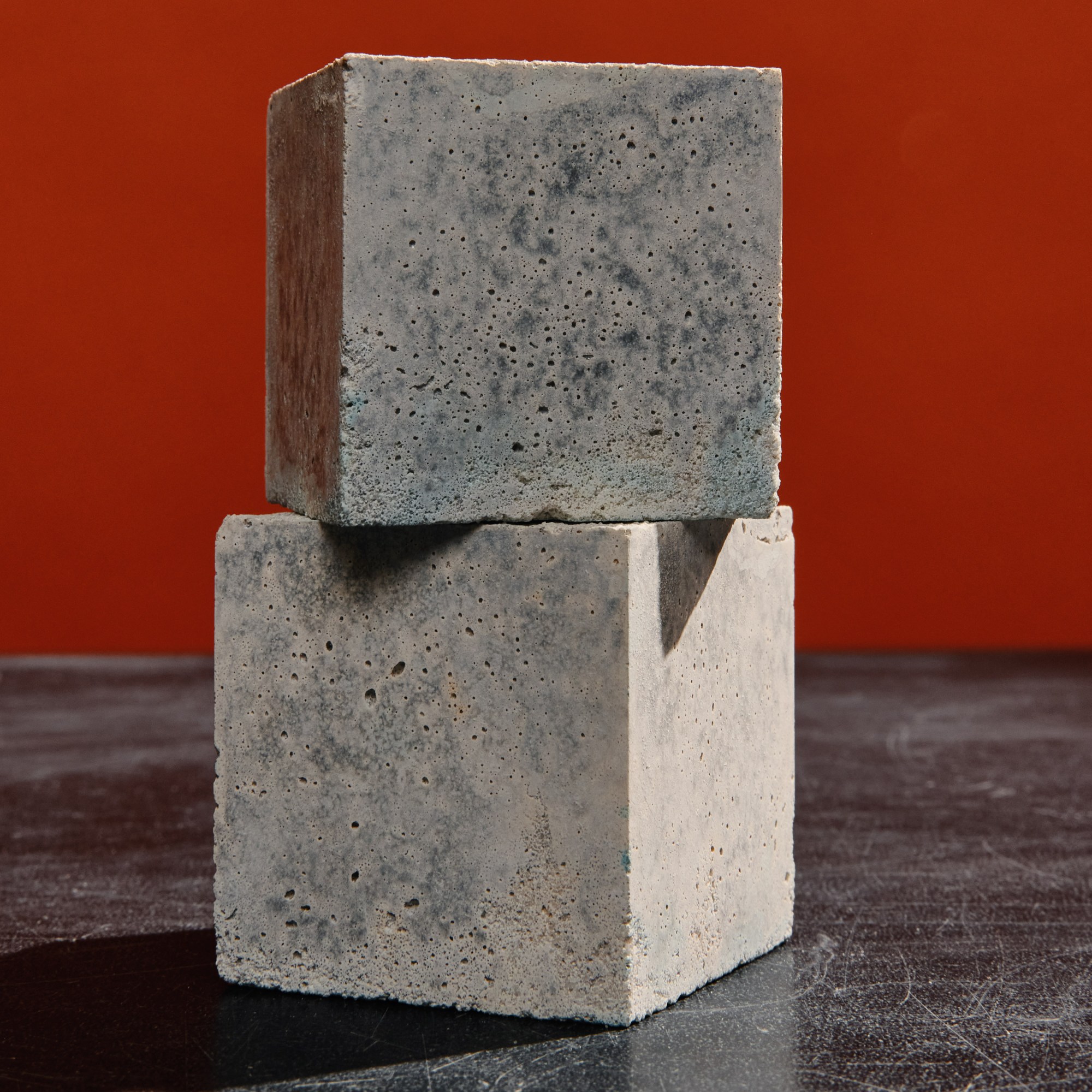
Sublime silicates (top dish) and lime (bottom dish) are the two main reactive components for making Sublime Cement.
Over the course of the past several years, the startup has gone from making batches of cement that could fit in the palm of your hand to starting up a pilot facility that can produce around 100 tons each year. While it’s still tiny compared with traditional cement plants, which can churn out a million tons or more annually, the pilot line represents the first crucial step to proving that electrochemistry can stand up to the challenge of producing one of the world’s most important building materials.
By the end of the decade, Sublime plans to have a full-scale manufacturing facility up and running that’s capable of producing a million tons of material each year. But traditional large-scale cement plants can cost over a billion dollars to build and outfit. Competing with established industry players will require Sublime to scale fast while raising the additional funding it will need to support that growth. The end of 0% interest rates makes such a task increasingly difficult for any business, but especially for one producing a commodity like cement. And in a high-stakes, low-margin industry like construction, Sublime will need to persuade builders to use its material in the first place.
The cement industry pumps 2.6 billion metric tons of carbon dioxide into the atmosphere every year. Cleaning that up will require addressing the two distinct sources of cement’s greenhouse-gas emissions: heat and chemistry.
To make cement today, a mixture often containing limestone, sand, and clay is ground up and baked in kilns at temperatures of up to 1,500 °C (just over 2,700 °F). The heat kicks off reactions, transforming limestone to lime and combining that with silicon dioxide in the sand and clay. Those reactions are complex, but in most cases the crucial final product is a mixture of a few silicon, calcium, and oxygen compounds that allow the cement, after it’s mixed with water (and sand and gravel are added), to harden into concrete, a sturdy building material.
Humans use more concrete, by weight, than any other material except water. Cement is the glue that holds that material together, accounting for about 10% of its volume.
Roughly 40% of the greenhouse-gas emissions associated with cement production come from fossil fuels that generate the heat required. This is a common problem across heavy industry: fossil fuels have become ingrained in production processes because of their low cost, says Rebecca Dell, head of the industry group at the nonprofit research group ClimateWorks. However, lower-cost renewables are coming to the grid, opening the door for more industrial sectors to switch to electricity.
It’s possible to use electric kilns to make cement, and some major industry players, like Cemex, are working to pilot the technology to cut emissions from heat demand. These electric kilns, if powered by renewable electricity, could provide a potential pathway to cutting cement’s climate impacts.
But that does nothing to remedy the other sources of emissions from cement production: the roughly 60% that come not from heat but from the chemical reactions required to transform the starting materials into the building material.
Most cement starts with limestone, a sedimentary rock that contains calcium, oxygen, and carbon. In cement kilns, limestone is turned into lime by means of reactions that peel away carbon dioxide, which is usually released into the atmosphere. Limestone is about half carbon dioxide by mass, so those emissions can add up. That means fully decarbonizing the cement industry might require a more radical reinvention. This is where Sublime comes in.
“Cement doesn’t really get the pizzazz that I think it deserves,” says Leah Ellis, Sublime’s cofounder and CEO. She speaks quickly, as if running short on time, thoughts pouring out and conveyed with a slight Canadian accent. As she explains the intricacies of cement chemistry, her eyes shine behind bubblegum-pink glasses.
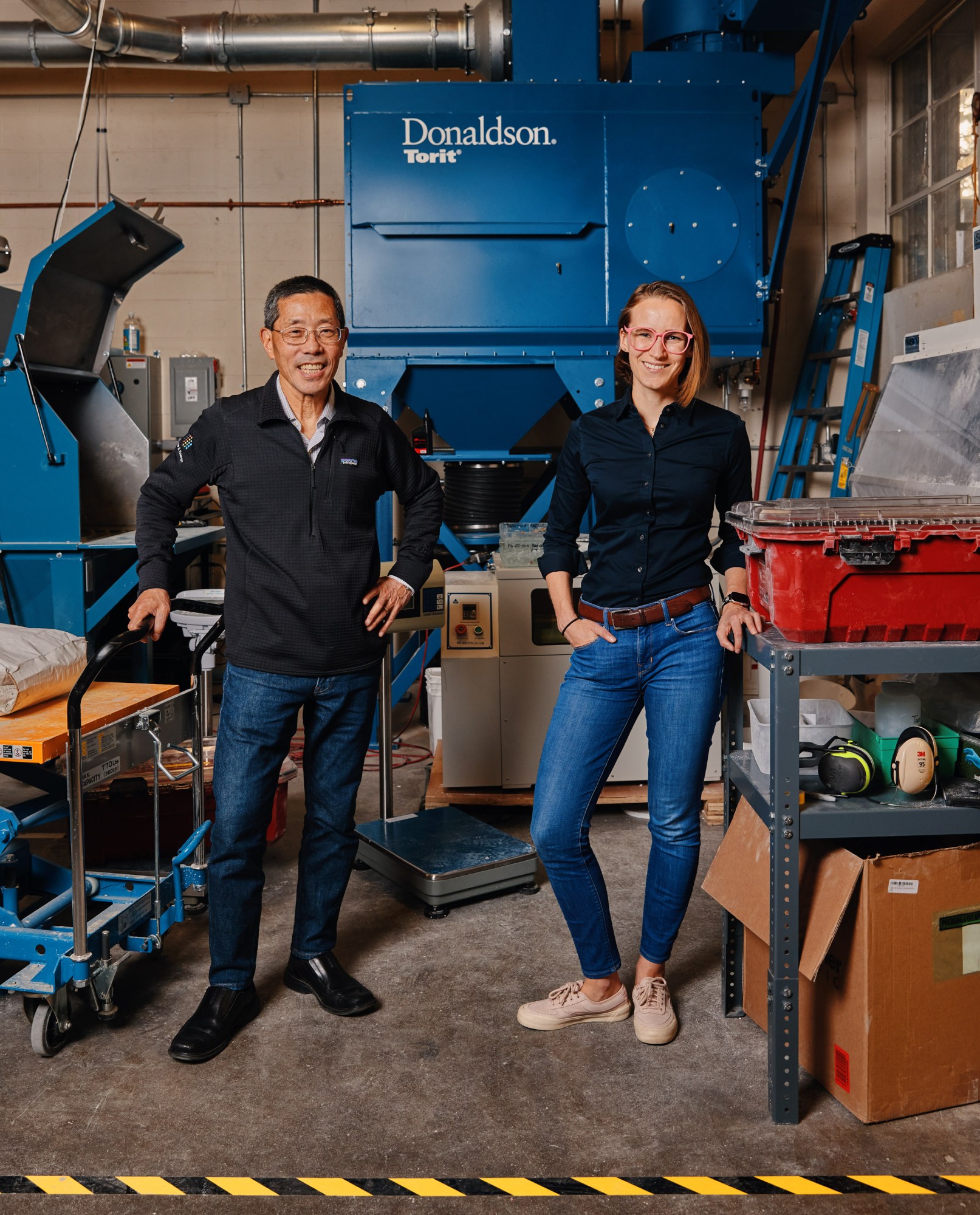
Ellis didn’t always plan on getting into the building materials business. After growing up in Canada, she completed her graduate work under the famed battery pioneer Jeff Dahn. She then struck out for MIT to work with Yet-Ming Chiang, another major figure in battery research and a serial entrepreneur. Chiang has founded several energy storage ventures, including A123 Systems, 24M, and Form Energy, and is now a cofounder of Sublime Systems with Ellis.
When Ellis first arrived at MIT, it was Chiang who floated a different idea for her potential research there. She recalls him ushering her into his office and, to her surprise, asking if she was bored with batteries. “And I thought it was a trick question,” she says, “because he’s obviously a famous battery scientist.” But Chiang had an idea for making cement in a new way, using a tool from the battery-science tool kit: electrochemistry.
At full capacity, the pilot line would take a week to make enough cement to supply a single concrete truck.
Instead of burning fossil fuels to heat up cement kilns, Chiang suggested, there might be a way to spark the necessary chemical reactions to make cement using electricity.
The team later discovered that a device called an electrolyzer might be useful in such a process. Electrolyzers are devices that use electricity to kick off chemical reactions. They’re usually used to split water into its components, producing hydrogen and oxygen. But electrolyzers can work with other chemical reactions too, like generating acids and bases—the potential key to a new cement production process.
By 2019, Ellis and her fellow researchers had discovered a method with potential to fulfill Chiang’s initial idea. They found that an electrolyzer could be used to form a pH gradient in a tank, with dissolved limestone on the acidic end and hydrated lime on the other. That lime could then be combined with reactive silica to form the same compounds formed by traditional cement.
After some additional technical development and industry analysis, the pair decided to spin out the research into a company with Ellis at the helm. Chiang says, “It didn’t take very long before I recognized that there was both a starting idea and also a person to carry it.”
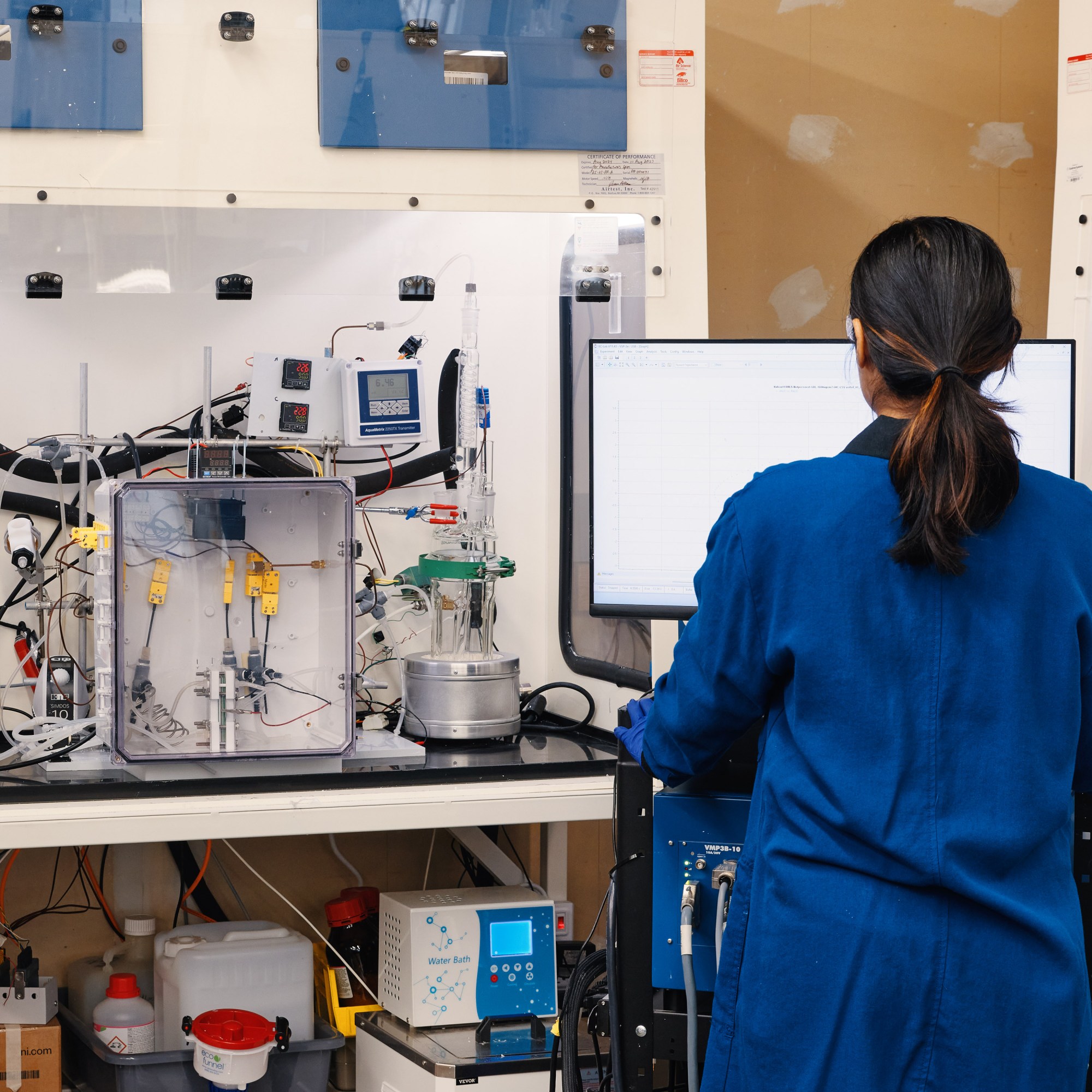
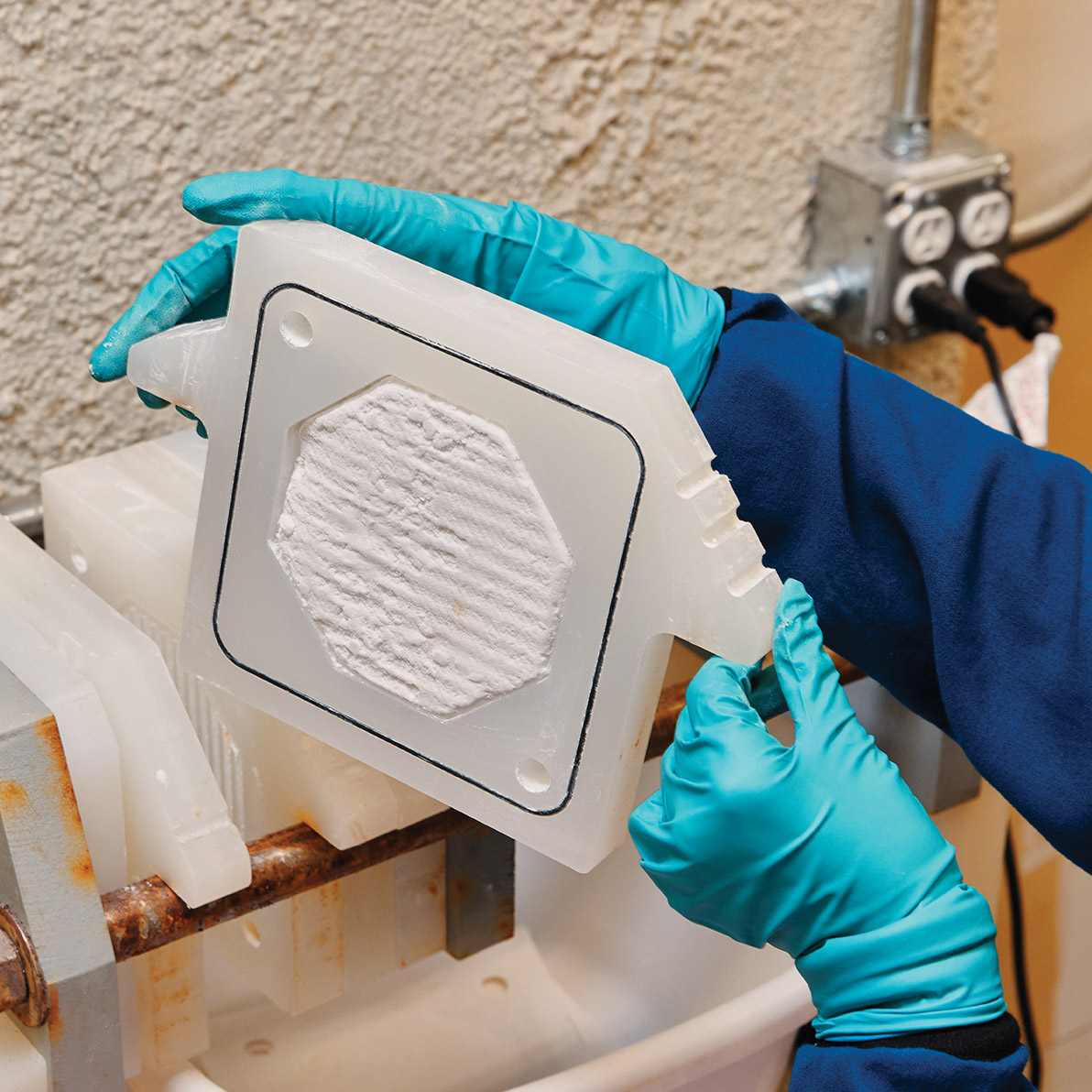
A Sublime employee removes the company’s reactive silica product from its equipment as part of an R&D-scale production process.
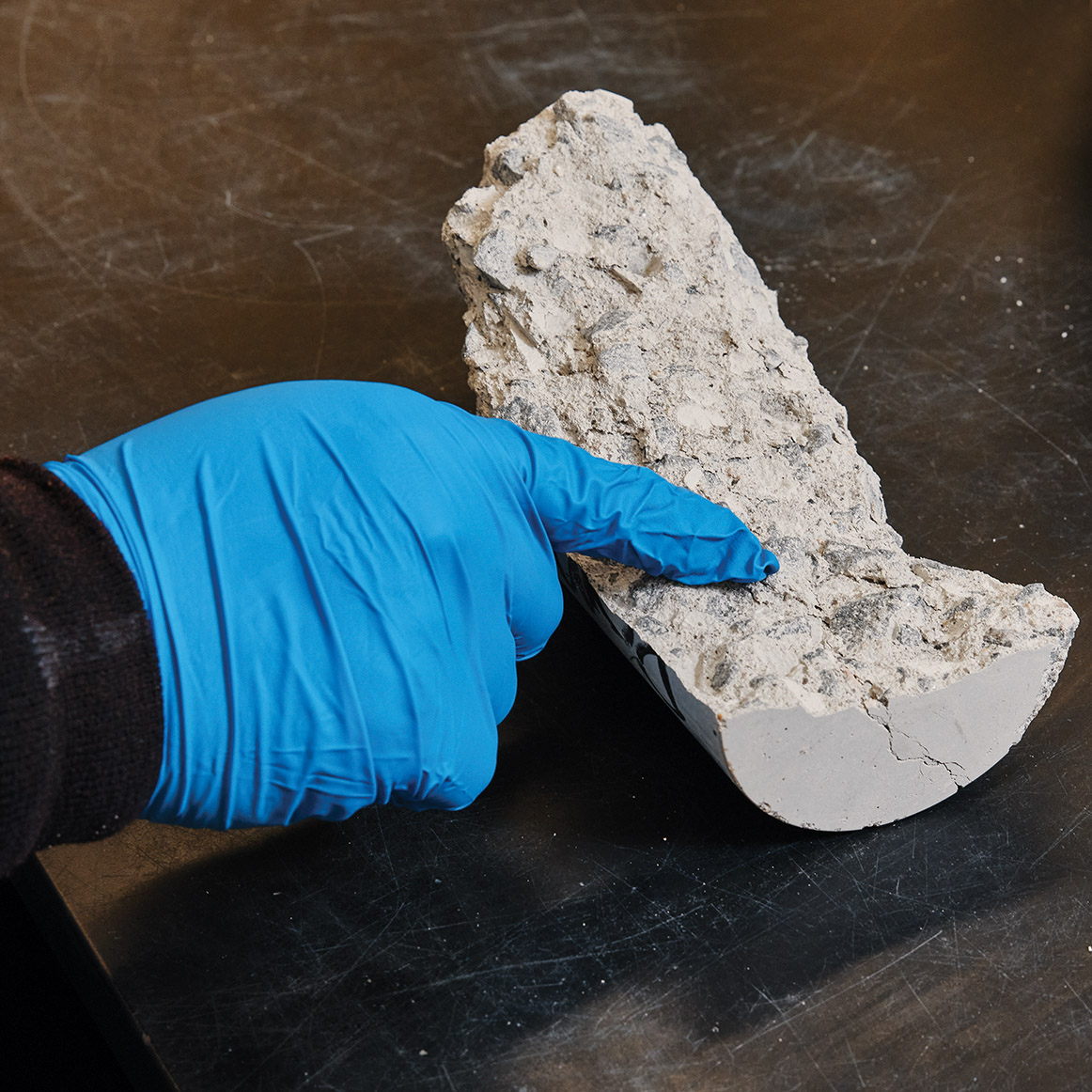
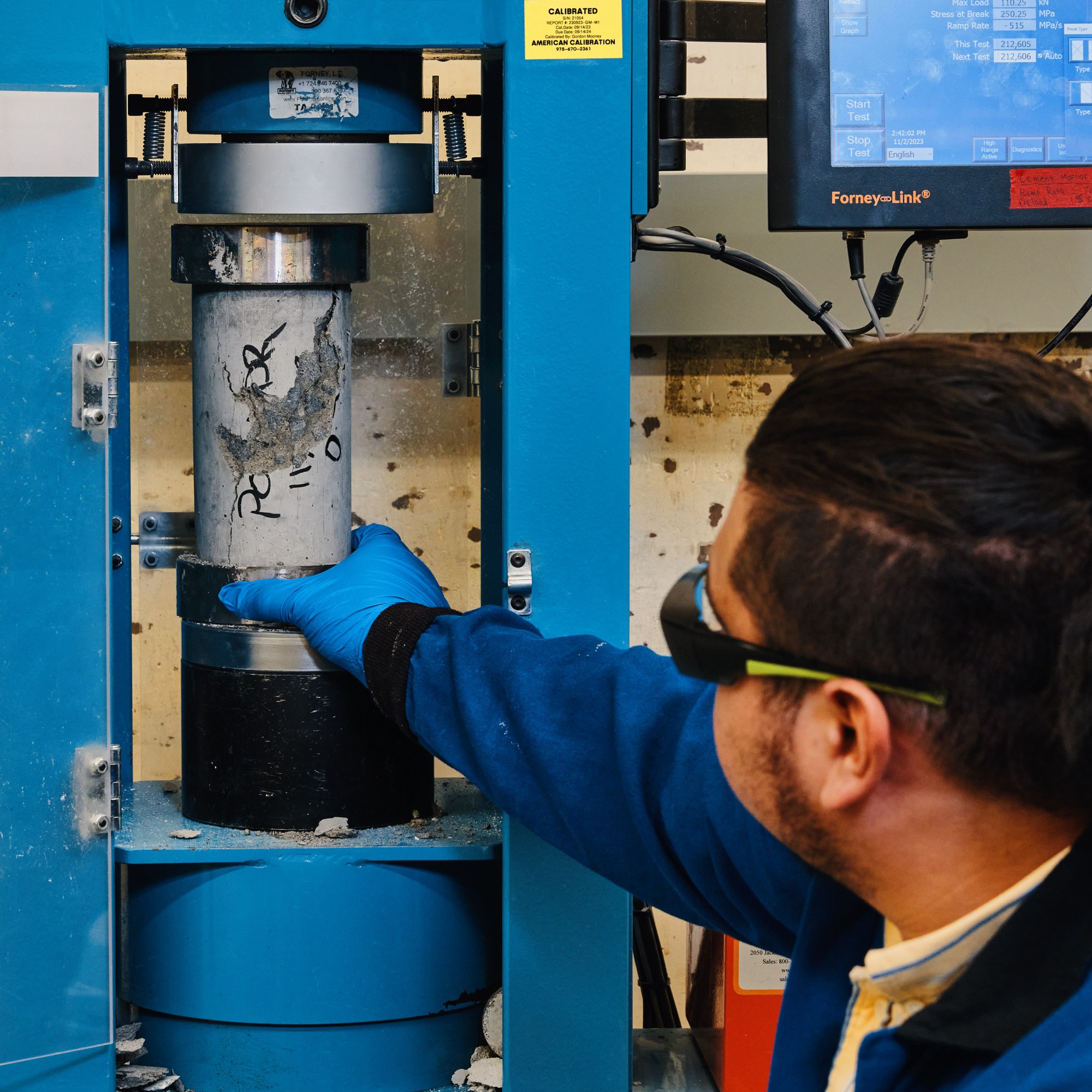
A Sublime employee tests the compressive strength of the company's cement in concrete cylinders.
Four years later, Sublime is running a pilot manufacturing line. It’s a major step up from the early days at MIT, where Ellis and her lab mates would produce about enough material to make a single die. The line started up in late 2022, says Mike Corbett, Sublime’s director of engineering, and is 20 times larger than anything the company had run in the lab.
Inside a cavernous room at the startup’s headquarters, the stainless-steel tanks lining the walls of the pilot space are arranged roughly from left to right. Into tanks on one side of the room go ground-up rocks, and out of those on the other comes hydrated lime, one of the main ingredients in Sublime’s cement.
The results of various experiments and trial runs sit nearby, in five-gallon buckets stacked on metal racks. When Corbett and a colleague crack the lid on one, the hydrated lime inside is an unassuming white powder, chalky and slightly clumped together like baking soda in a box that’s been left open for too long.
It would be difficult to use what’s in these buckets to build anything: at full capacity, the pilot line would take about a week to make enough cement to supply a single concrete truck. And it takes three to four truckloads of cement to pour the foundation for just one average single-family home in the US.
Instead, the startup is making material to send to potential partners, running tests on cement blocks, and, crucially, helping design the next facilities. Those, which will be significantly larger, could be the final step in proving that Sublime’s process can work in the cement industry.
Sublime Systems isn’t the only player trying to green up the gray glue. Early efforts to cut emissions from cement have largely focused on efficiency, says Radhika Lalit, the initiative director for industry at the Climate Imperative Foundation, who formerly worked in the industry group at the Rocky Mountain Institute, a nonprofit research agency. For example, adding fillers called supplementary cementitious materials, which can react with the active ingredients in cement, can help cut down on total emissions without affecting the properties of the concrete.
This strategy only works up to a certain point, Lalit points out: after that, these fillers will begin to degrade the strength and lifetime of cement.
There are other ways to add materials to cement to cut climate impacts. The Canadian company CarbonCure Technologies, for example, has developed technology to inject carbon dioxide into cement mixtures. According to CarbonCure, the gas can then react with the mixture and mineralize, locking it away from the atmosphere and adding to the material’s strength. CarbonCure is working with carbon removal companies like Heirloom Carbon Technologies to demonstrate the possibility of using concrete for long-term carbon dioxide storage.
But methods like cutting down the total material used or adding in fillers are limited in how much they can cut emissions: it’s not possible to make unlimited efficiency tweaks to get to zero. So many established players in the cement world are looking to add carbon capture and sequestration plants to existing facilities, Lalit says. By snaring carbon dioxide from plant exhaust before it can be released into the atmosphere, this add-on helps active facilities cut their emissions so that making the industry cleaner doesn’t require replacing them entirely.
Adding carbon capture technology to existing infrastructure could mean a longer lifetime for conventional equipment, a major benefit for recently built plants that are often designed to run for 30 to 50 years. But carbon capture is still largely unproven in heavy industry: existing methods often aren’t able to capture all emissions, and the few existing large-scale units have faced delays, Lalit says.
To be on track for net-zero goals, the cement industry would need to add carbon capture facilities to between 33 and 45 existing cement plants by 2030, according to RMI. The first such industrial-scale facility at a cement plant is scheduled to come online this year.
This could be expensive: a carbon capture system could cost as much as $120 per metric ton of carbon dioxide removed, which Ellis says would roughly double the final cost of cement at current prices.
The cost is one reason Sublime and a number of other startups are eschewing carbon capture and aiming to cut cement’s carbon footprint using more radical formulas.
One of the other best-funded cement startups is Brimstone, a California-based group with what it calls a carbon-negative process for making cement. This means that the product ends up pulling more carbon dioxide out of the atmosphere than it emits, says Cody Finke, Brimstone’s CEO.
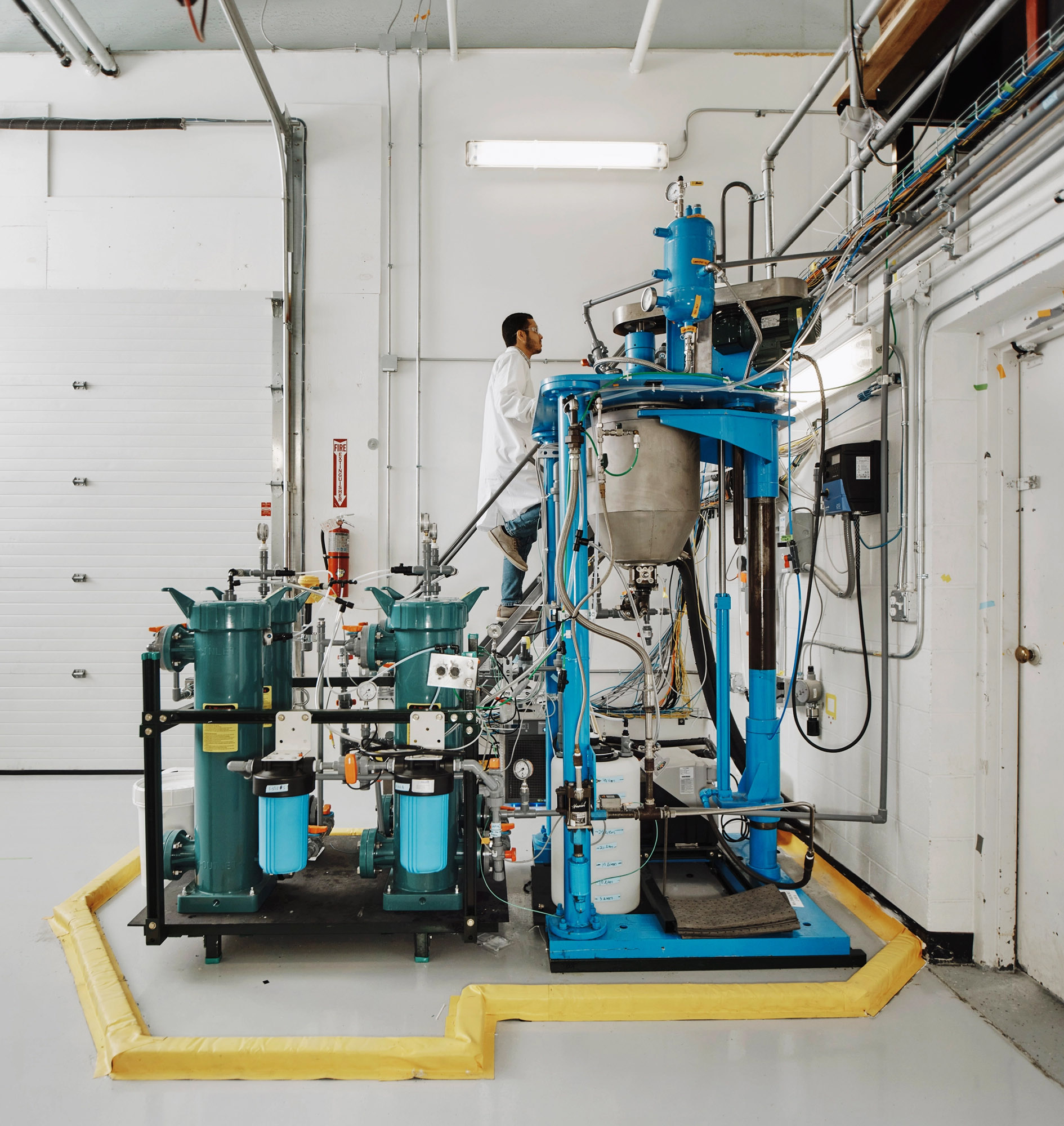
This works in two major ways. First, rather than limestone, Brimstone uses other minerals called silicates that don’t contain carbon dioxide, so there are no process emissions from the company’s cement, says Finke. In addition, a waste product of the silicates is a magnesium-containing material that acts like a sponge, soaking up carbon dioxide from the air and mineralizing it.
There are still emissions associated with making Brimstone’s cement, largely related to the heat required. But they can be effectively canceled out with the mineral process, Finke explains, especially since the company plans to use electric kilns. If those are powered by electricity from the average US power grid, the startup claims, its material would wind up removing more carbon dioxide than it produces—about 130 kilograms more per ton of cement.
The reason Brimstone is sticking to this high-temperature process, despite its associated energy needs and emissions, is that it’s producing a cement with a chemical formula that dominates the industry today. Portland cement, which has been around since the early 1800s, is likely what you think of when you think of cement. It is known for producing predictable and strong concrete. However, there’s a catch: making it necessitates ultra-high heat, because a key ingredient of the cement—alite—can only form at temperatures over 1,250 °C.
“A cement startup is probably one of the most difficult ones you can imagine. Not only is it technically difficult, but it’s very capital intensive … And it’s not sexy.”
Leah Ellis, Sublime’s cofounder and CEO
Originally, Sublime planned to make Portland cement as well. “For something as low-cost as cement, we thought you’d need to produce what the market is used to using,” Chiang says. But the temperature requirements pushed Sublime to reconsider as it began making its product at larger scales: “There was this 200-year-old invention that we were inventing around.”
So the team went hunting and discovered that there are other pathways to the chemical bonds that give concrete made with Portland cement its strength. Sublime’s material takes one of these alternative routes: rather than alite, it uses lime and reactive silicates to react with water to form the final material.
The choice of cement chemistry might seem like a minor quibble. But in a high-stakes industry like construction, it could be a key deciding factor in which startups win large contracts and partnerships, and which fizzle out. “People are, I think, rightfully skeptical of a new cement,” Ellis says, before stopping herself: “Well, it is and it isn’t a new cement.”
Ellis maintains that Sublime’s material is as strong and durable as Portland cement, if not more so. But there’s a chance that developers will be hesitant, at least initially, to move away from the material they already know, says Climate Imperative’s Lalit.
One of the major challenges ahead for Sublime is making its material at the massive scales required for large building projects. Modern cement facilities can typically produce over a million tons of cement each year, while Sublime’s pilot can make about 100 tons per year. It’s basically “a cement plant for ants,” Ellis says.
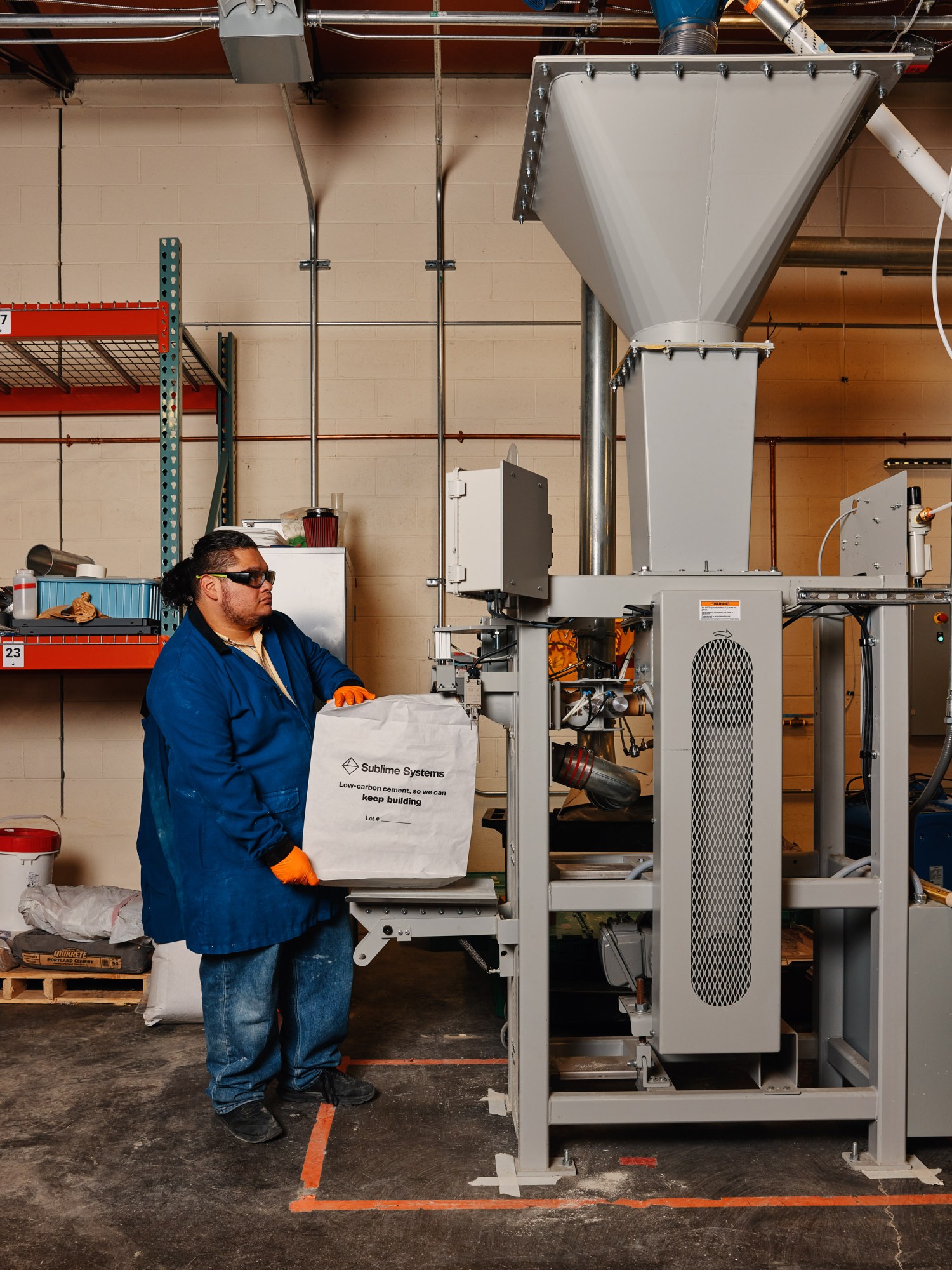
Sublime has its sights set on scaling, and quickly. The next stage for the startup is a demonstration commercial facility producing tens of thousands of tons of material each year, which should come online in early 2026. “That’s the size where you’re no longer invisible to the cement world,” Ellis says.
After that would come a full-scale commercial plant capable of the million-ton annual production capacity that’s typical of the industry. The company is still working out where to build that, though the hope is to get it running around 2028.
Sublime’s founding duo isn’t naïve about the challenges ahead. “A cement startup is probably one of the most difficult ones you can imagine,” Ellis says. “Not only is it technically difficult, but it’s very capital intensive. It’s massive. And it’s not sexy … everybody uses and owns cement, but they don’t see it.”
But fixing this invisible problem could transform the world around us. Cement scaffolds our society, and efforts to change it—despite the tremendous challenges they face—are critical to cleaning up the future of construction.
Deep Dive
Climate change and energy
The race to get next-generation solar technology on the market
Companies say perovskite tandem solar cells are only a few years from bringing record efficiencies to a solar project near you.
Super-efficient solar cells: 10 Breakthrough Technologies 2024
Solar cells that combine traditional silicon with cutting-edge perovskites could push the efficiency of solar panels to new heights.
Heat pumps: 10 Breakthrough Technologies 2024
Heat pumps are a well-established technology. Now they’re starting to make real progress on decarbonizing homes, buildings, and even manufacturing.
Is this the most energy-efficient way to build homes?
Airtight and super-insulated, a passive house uses around 90% less energy.
Stay connected
Get the latest updates from
MIT Technology Review
Discover special offers, top stories, upcoming events, and more.